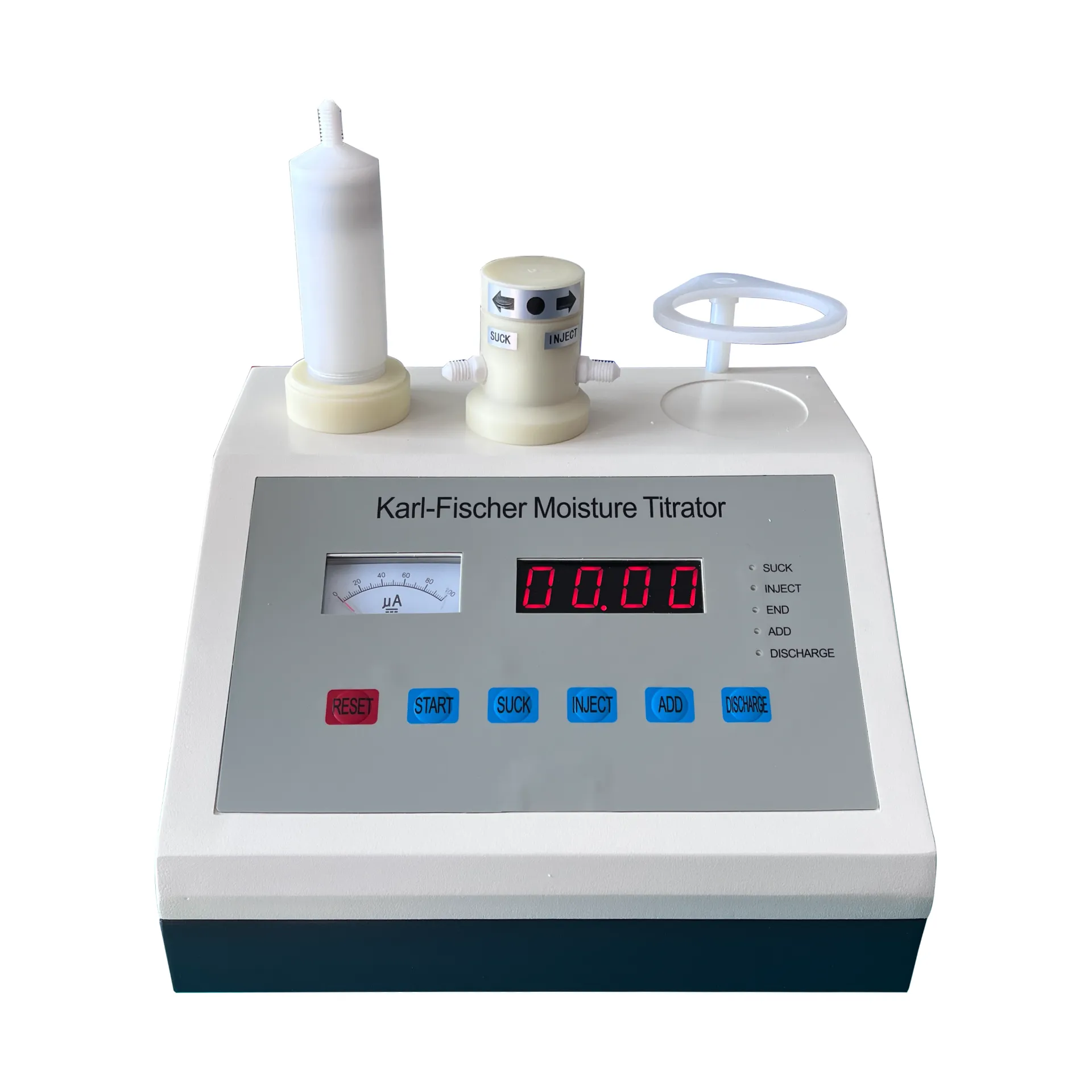 English
English


Transformer Testing and Analysis
C and DF Test of Transformers Understanding the Fundamentals
In the field of electrical engineering, transformers play a crucial role in the transmission and distribution of electrical energy. They are essential for stepping up or down voltage levels to facilitate efficient power transfer. Among the various tests used to ensure the reliability and efficiency of transformers, the C (Capacitance) Test and the DF (Dissipation Factor) Test are particularly significant. These tests help assess the insulation properties and overall health of the transformer, which is vital for its performance and longevity.
The Capacitance Test
The Capacitance Test measures the capacitance of the transformer’s insulation system. Capacitance is a crucial parameter that reflects how well the insulation can store electrical energy. This test is performed by applying a specific voltage to the transformer's windings and measuring the resulting current. A higher-than-expected capacitance value may indicate insulation deterioration or moisture ingress, which can lead to short circuits and transformer failure if not addressed promptly.
The Dissipation Factor Test
c and df test of transformer

The Dissipation Factor (DF) Test is another important diagnostic tool for evaluating the insulation quality of transformers. The dissipation factor indicates the efficiency of the insulation. A low DF value suggests that the insulation is functioning effectively, while a higher value can signal an increase in losses due to heating. This test involves applying an AC voltage and measuring the power factor, which is the cosine of the angle between the current and voltage waveforms. The dissipation factor is calculated as the tangent of this angle, offering insights into the dielectric losses within the insulation system.
Importance of C and DF Tests
Conducting Capacitance and Dissipation Factor Tests helps in the early detection of potential insulation failures. Regular testing can provide valuable information about the operational integrity of a transformer, allowing for predictive maintenance and reducing the risk of unexpected outages. Moreover, these tests can be integral in evaluating transformer performance after installation or during routine maintenance checks.
Conclusion
In conclusion, the C and DF tests of transformers are essential diagnostic tools that play a significant role in maintaining the reliability and efficiency of electrical power systems. By effectively assessing the condition of the transformer’s insulation, these tests contribute to preventing costly failures and prolonging the lifespan of the equipment. As technology evolves, the methods and technologies used in performing these tests also improve, further enhancing the reliability of transformers in electrical networks. Consequently, understanding and implementing these tests can lead to more efficient power management and improved operational safety.
-
Differences between open cup flash point tester and closed cup flash point testerNewsOct.31,2024
-
The Reliable Load Tap ChangerNewsOct.23,2024
-
The Essential Guide to Hipot TestersNewsOct.23,2024
-
The Digital Insulation TesterNewsOct.23,2024
-
The Best Earth Loop Impedance Tester for SaleNewsOct.23,2024
-
Tan Delta Tester--The Essential Tool for Electrical Insulation TestingNewsOct.23,2024





